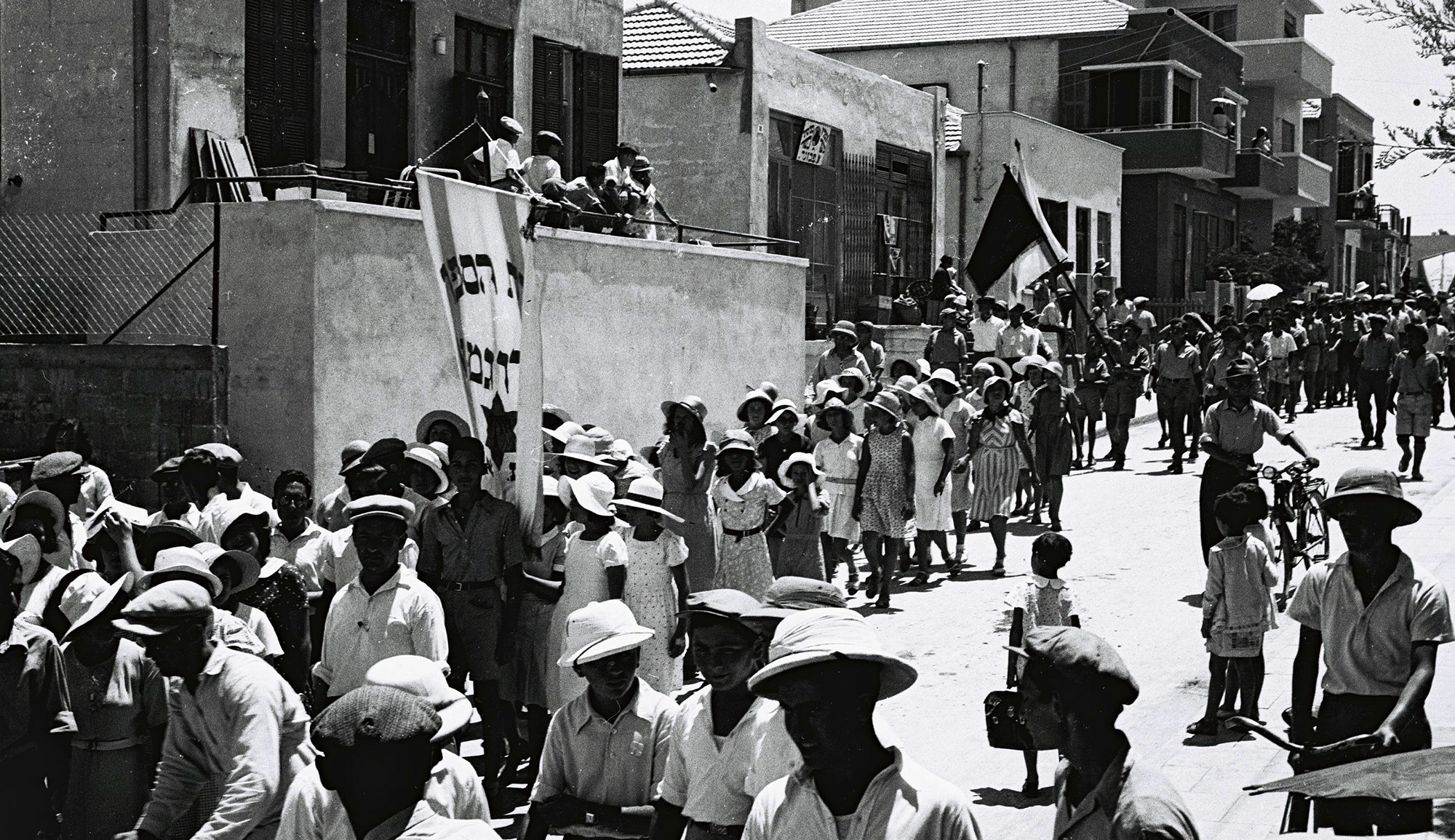In 2009, archaeologists excavating the ancient Galilean city of Migdal (Aramaic Magdala) discovered the remains of a synagogue built and used prior to the destruction of the Second Temple in 70 CE. Although many ancient synagogues have been discovered in the region, all but a few were built in the 2nd century CE or later, making this one a rare and exciting find. Most fascinating was the engraved stone block in its center, which has sparked many interpretations, including that it was a table for reading the Torah, a place for burning incense, an elaborate symbolic representation of the Temple in its entirety, and even a clue to understanding the origins of Christian theology. David Gurevich, while appreciating the object’s significance, cautions against overreading its symbolism and ramifications:
The Magdala Stone has a rectangular form (60×50×40 cm). Its base consists of four legs. Five of its sides are decorated with reliefs. On the stone’s upper face, there is a rosette pattern, two palm trees, and various plant elements. Another two rosettes with arches are found on a narrow (back?) face. The longer sides depict what may be seen as arched gateways, and a strange artifact that [resembles] a lamp.
The most interesting side of the stone has an extraordinary relief of a menorah flanked by two amphorae [jugs] and two columns. It is a unique finding because the Magdala Stone provides the earliest visual representation of the menorah in synagogue art. Due to the dating, it is possible that the artist had seen the original candelabrum of the Temple with his own eyes. Columns found in later Jewish art . . . are usually explained by scholars as an architectural façade that symbolized the entrance to the Temple. Hence, the appearance of the menorah combined with the façade could not be random. . . .
The menorah was definitely important as a symbol in the Jewish art [of the time] and it is meant to invoke the Temple; but the menorah was also a symbol of Judaism and Jews in the ancient world. It is [entirely] reasonable to find a menorah decorating a place where a Jewish community gathers to study Scripture. This does not necessitate that every single ornament on the stone ought to be linked to Jerusalem’s Temple.
As for the more elaborate interpretations, Gurevich cites the historian Steven Fine, who has compared them to something that might be found in the novels of Dan Brown.
Read more at Bible and Interpretation
More about: Archaeology, History & Ideas, Jewish art, Menorah, Synagogues


